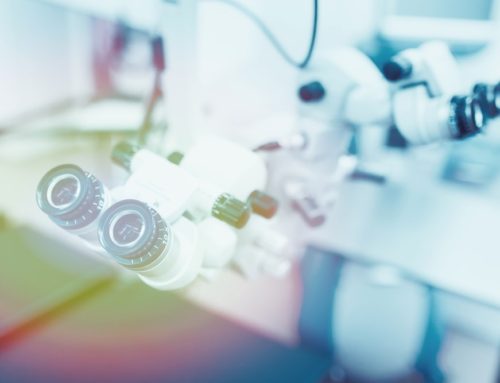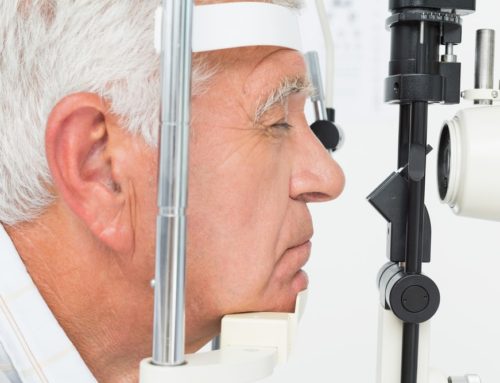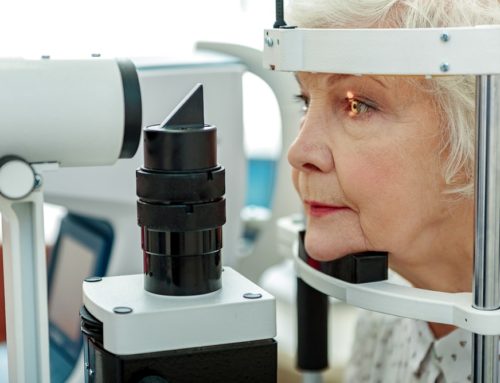Glaucoma symptoms – 5 important warning signs you need to see a professional right away
The first point to stress here is that glaucoma in its most typical form is entirely asymptomatic. This means you cannot rely at all on noticing a change in vision or other eye symptoms to alert you to the possibility that you might have early disease. It is too late to save the vision if you have noticed that your vision is already blurred. You MUST have an annual eye check if you are 40 or over and if you have a relative with glaucoma, we recommend that you have an annual eye check from early adulthood.
If you already have glaucoma or are at risk of the condition there are some important things to be aware of and report to your specialist promptly:
- If you have been diagnosed with “narrow drainage channels or narrow angles” you must always be alert to a sudden painful drop in vision, usually in one eye. This is not a mild problem but significant pain that is difficult to ignore and is associated with nausea or vomiting. This triad-pain, blurred vision, nausea and vomiting, is the hallmark of a rapid and dramatic rise in pressure known as acute glaucoma. It very rarely affects the patient with open drainage angles, again stressing the point I make about knowing what type of glaucoma you have or are at risk of. A good glaucoma specialist will stress this to you and want you to be as fully informed as possible so you can understand and make sensible, safe decisions about your eye care. If you have the triad of symptoms, you must seek urgent help and eye pressure testing within the hour as emergency treatment is needed to save sight.
- If you are on glaucoma drops to control your eye pressures and experience progressive or marked eye redness, burning and stinging when you put your eye drops in, to the point where you are tempted to stop using them or are missing doses you must see and discuss this with your eye specialist as soon as possible. Unmonitored missed doses of your eyedrops put you at risk of losing your vision permanently. In the vast majority of cases, suitable drop alternatives can be found that don’t have these significant side effects, or you may be suitable for selective laser trabeculoplasty, a highly effective and safe treatment that may mean you can stop the drops entirely.
- Redness and pain around the site of your glaucoma surgery. If you have had a trabeculectomy operation where we create a bypass, known as a bleb, to control the pressure, there is a risk that the bypass can become infected over time. This is uncommon but a serious problem. The key things to look for and report urgently are any new redness and pain at the top of your eyeball between 11 and 1 o’clock. This is known as “blebitis” and can quickly lead to blinding infection inside your eye. Your glaucoma specialist will have warned you about this at routine appointments if they are concerned that you might be at risk of this. Do not delay. Seek help from a glaucoma specialist urgently as most blebitis can be treated before vision loss occurs.
- Cataract diagnosis in a glaucoma patient. If your optician tells you that you have cataracts and that you may benefit from surgery and you also have glaucoma, it is important that you see a glaucoma specialist who can discuss “cataract +” or combined cataract & “minimally/micro-invasive glaucoma surgery”, known as MIGS with you. Any patient using pressure lowering drops who needs to have cataract surgery should discuss how placing a stent or using a laser inside the eye at the same time as their cataract surgery can help reduce or remove the need for drops after the cataract surgery. Having cataract surgery as a glaucoma patient should be an opportunity to treat both conditions safely and effectively. MIGs can give you a drop free period or reduce the number of drops you need after cataract surgery on top of enjoying your new clarity of vision. MIGs add 10-15 minutes to the end of a cataract operation, but the benefits can be felt for years afterwards. It is a missed opportunity as a glaucoma patient to only have cataract surgery without addressing the pressure at the same time.
- Photophobia or light sensitivity. This is a hallmark of inflammation inside the eye known as uveitis or iritis. For people who have had uveitis, they know that they start to feel a dull ache and become light sensitive at the onset of an attack and that early treatment is vital. Uveitis and inflammatory eye disease are also associated with an acute rise in eye pressure in a significant number of people. Some patients already know that their eye pressure goes up dramatically when they have a relapse of uveitis. It is essential to report any relapses as soon as possible to your specialist for effective assessment and treatment.








Leave A Comment